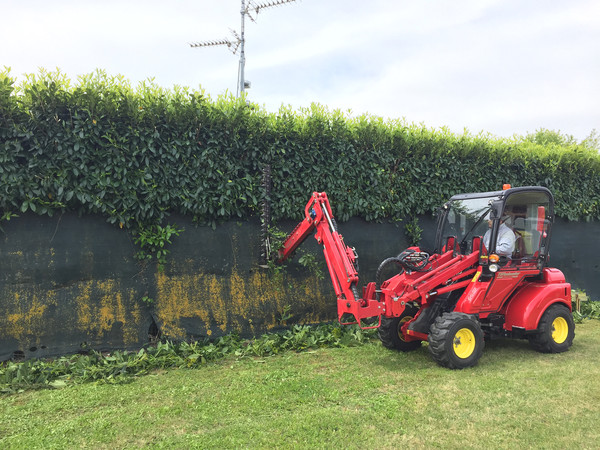
City and peri-urban area, a "green project"
In order to have greener cities, we must learn to also take care of the territory that surrounds them and to involve farmers in multifunctional activities. Green cities and hydrogeological instability were discussed at the EIMA Digital Preview in a conference organized by the BioHabitat foundation
The maintenance of the territory and the urban and peri-urban green areas were at the centre of a conference promoted by the BioHabitat foundation during the EIMA Digital Preview. The event put the spotlight on the issue of multifunctionality in agriculture and on the role that the farmer is now called to play in the care of the territory. "It is important that those who live in that territory take care of the management of a park or the vegetation on the edge of a road. Because this work will certainly have purposes that go beyond an economic interest", Andrea Flora, general manager of Confagricoltura Bologna, said during the conference, explaining the rationale of the "Guideline law for the agricultural sector". Promulgated in 2001, the legislative text has expanded the roles of the farmer, allowing him to carry out multifunctional activities that are not strictly agricultural, as long as he uses equipment and capital goods normally used for the main activity in the primary sector. It is precisely thanks to the recognition of this multifunctionality that farms can, for example, win a municipal contract for the maintenance of public parks. These new opportunities, however, require rethinking the way a farm is run. The old farms, especially the small ones, must acquire a marketing mentality, open to new opportunities and, of course, computerize the various productive and organizational functions. The maintenance interventions - it was reported during the webinar - cannot be limited to the urban perimeter, but must involve the entire surrounding area. In Italy, these areas are affected by the long-standing problem of hydrogeological instability, and reclamation consortia are called upon to respond to it. "With the 2012 law, the Consortia were given the role not only of monitoring but also of planning, executing and managing the water management opeations" said Giovanni Tamburini, president of the Consorzio Bonifica Renana, a Bologna-based reclamation consortium, presenting some of its most significant works. Anna Lambertini, professor of urban landscape design at the University of Florence, provided an overview on the theme of urban and periurban green. "Three fundamental actions need to be carried out: cultivate the soil - said Lambertini - cultivate the imagination, and cultivate the surrounding landscapes. A concise way of saying that one must have the ability to live daily in close contact with the territory and to imagine how to change our future". According to the organizers of the conference, the image of a truly green city cannot help but affect the very buildings that constitute the essential element of a human settlement. The culture of natural building materials, derived from vegetable raw materials and capable of effectively replacing synthetic ones in some roofing and finishes, is being consolidated within construction techniques. The topic of new materials was discussed during specific webinars promoted during the five days of the exhibition, which also addressed regulatory aspects and problems.








